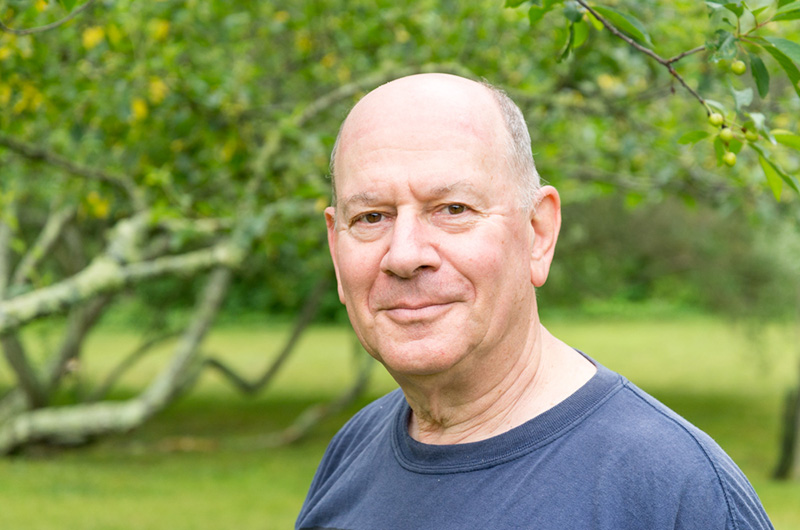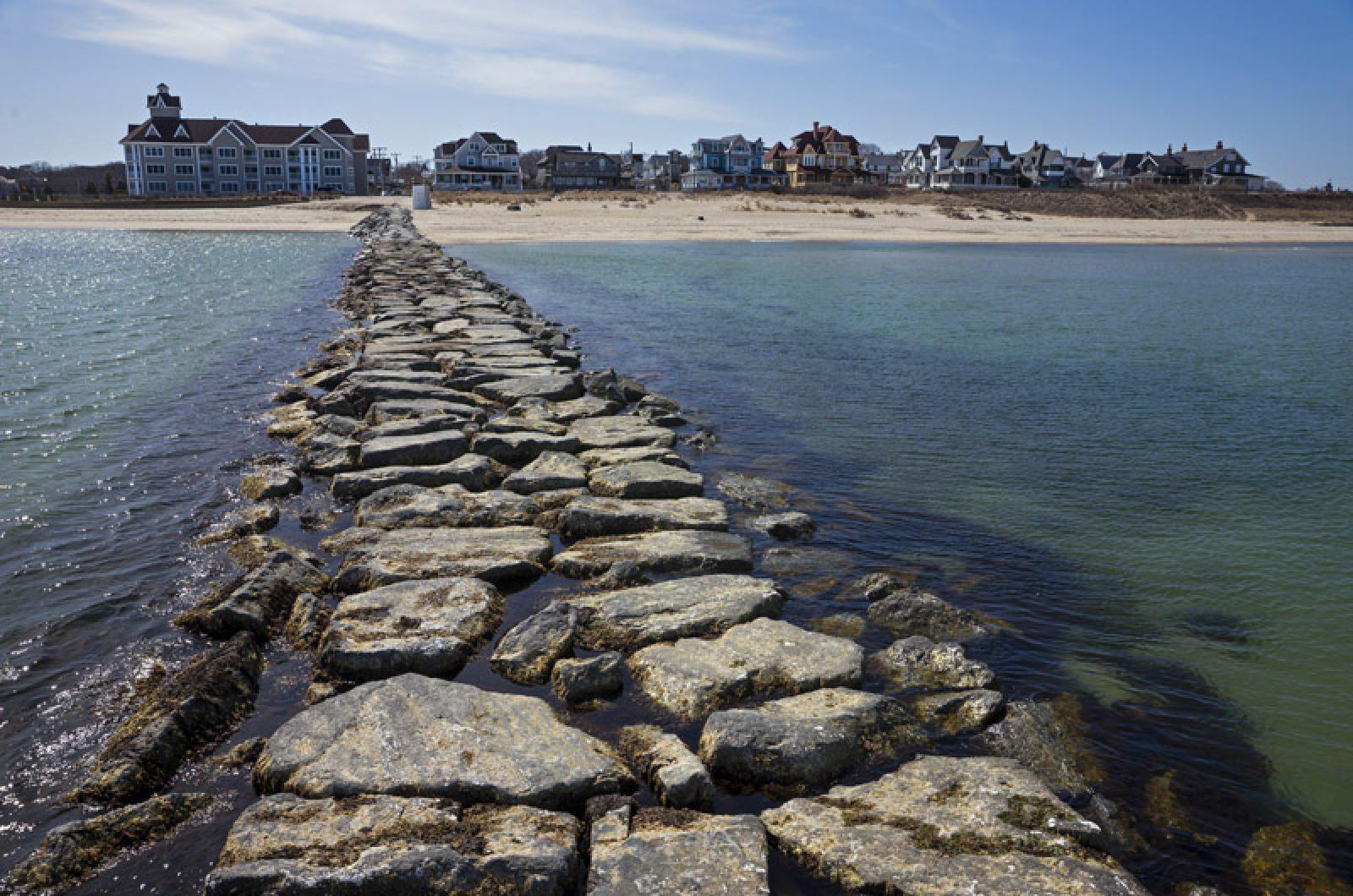Jesse Ausubel doesn’t just like to swim, he likes to know who he’s swimming with.
“There are a lot of reasons to want to know what’s in the water,” said Mr. Ausubel, a seasonal Oak Bluffs resident and marine biologist at Rockefeller University. “Up until very recently the way people primarily did that was to use a net.”
Now, they can use a water bottle.
A recent advancement in the analysis of eDNA, or dandruff-like skin particles from marine animals, has allowed scientists to analyze both the micro and macro biology of aquatic ecosystems with little more than a water sample. The samples then give scientists important data about the presence — and prevalence — of all the marine life in the region.
“For a long time, we’ve been taking the temperature of water,” Mr. Ausubel said. “But we didn’t do the blood test to see what was in it. Now we can really look at the biological molecules in the water.”

Mr. Ausubel, a scientist at the forefront of the eDNA revolution, has worked extensively with the technology throughout the country. But this past summer, he decided to bring the experiment to his own backyard, collecting weekly water bottle samples from Inkwell Beach.
“It would have been really hard and expensive to do a survey the traditional way, using nets,” Mr. Ausubel said. “This way I could do it on my swim. And I like swimming at the Inkwell.”
Mr. Ausubel isn’t the only one who likes the Inkwell. Along with summer swimmers, snorkelers and sunbathers, his three months of results revealed that a vast array of marine life exists below the ocean’s surface, less than a hundred feet from shore.
“It’s very cool,” Mr. Ausubel said. “There’s actually a lot of fish diversity at our town beach.”
While Mr. Ausubel’s samples detected the weekly presence of Atlantic silversides, scup and black sea bass — three of the most common fish in the North Atlantic — between July 29 and September 22, he also chanced upon the presence of some far rarer species, including eDNA from a leatherback sea turtle.
“I was surprised,” Mr. Ausubel said. “Especially about the leatherback. It would be very cool to see a turtle that close to shore.”
Leatherback sea turtles are the largest of the four sea turtle species that call the waters around the Cape and Vineyard home. They can grow to nearly eight feet in size and weigh up to 1,000 pounds, and are normally spotted by fishermen or boaters in open water. But according to Mr. Ausubel, a lack of strong tides or powerful ocean currents means that the leatherback he detected couldn’t have been more than two hundred yards from the beach. And because eDNA disintegrates approximately 48 hours after it is shed, the turtle’s presence was recent, as well.
“It was nearby, very close to swimmers,” Mr. Ausubel said. “Certainly within sight of where you’re standing on the jetty.”
In the course of sampling, Mr. Ausubel detected 28 different species of marine life. Other surprises included the presence of northern puffer and tuna.
“I was pleased by the presence of the northern puffer, the blowfish, because a lot of people have been saying that the blowfish are getting very rare,” Mr. Ausubel said. “So finding that was very good, and if we are friendly toward them maybe they’ll multiply again. And then of course for the recreational fishermen there was yellowtail, which is a very tasty fish.”
While the ubiquity of silverside, scup and black sea bass wasn’t a surprise, Mr. Ausubel was also thrilled to see Atlantic menhaden nearly every week of testing. Menhaden are an important prey for bluefish, striped bass, dolphins and seals, as well as marine birds such as osprey and eagles.
In early September, Mr. Ausubel even detected a striped cusk eel, a threatened North Atlantic species that has grown much rarer in recent years. Although the idea of swimming with eels, turtles and blowfish gives Mr. Ausubel unbridled excitement, many others had a different reaction when he told them about the data results.
“One of my friends, when I showed her, said I don’t want to go swimming ever again,” Mr. Ausubel said. “I said no, they are your friends. We need the ocean to be alive.”
There was one species conspicuously absent from Mr. Ausubel’s study.
“No sharks!” he said. “Although sometimes I’d go down to the water and people would ask what are you doing? And I would say, I’m testing for sharks. I’m testing for shark water.”
Mr. Ausubel got the inspiration for testing at Inkwell Beach from Linda Fairstein’s new book, Secrets From the Deep, about a teenage detective who collects eDNA at Inkwell.
“This is what Devlin [the book’s protagonist] would have found,” Mr. Ausubel said. “It was like a high school science fair project.”
Mr. Ausubel believes that eDNA testing isn’t just something for scientists. In fact, he thinks it is a low-cost and meaningful way to teach Vineyarders about their bounteous natural surroundings.
“The high school could do it,” he said. “Environmental groups on the Island, like Friends of Sengekontacket, the Nature Conservancy, if they are interested in what’s in Cape Pogue or Lagoon Pond, it’s perfect. And I think it’s just fun. It’s just so cool to know what’s around you.”







Comments (2)
Comments
Comment policy »